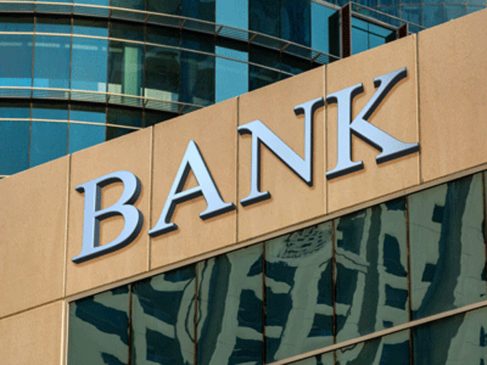The finance ministry has asked state-run banks to review the performance of the recently-launched digital banking units (DBUs) regularly to ensure that they serve the intended purpose of taking the digital banking experience to the remote parts of the country, banking sources told FE.
While there is no immediate plan to raise the number of the DBUs from the current 75, if these units perform well, there is a possibility of further expansion in the medium term to cater for customers in other districts, the sources said.
“Currently, the focus is on implementation of the intended plan, on how to give the best of the services through the DBUs. If the move clicks and the intended purpose is served, the model will be replicated in other districts,” one of the sources said. State-run banks have set up two-thirds of the proposed 75 DBUs, which were launched by Prime Minister Narendra Modi on October 16.
Also Read : Home Network Security: 4 Steps You Must Follow To Safeguard Your Home Network
DBUs are essentially be brick-and-mortar outlets, which provide a range of digital banking facilities to customers, including opening of savings account, transfer of funds, investment in fixed deposits, loan applications, stop-payment instructions for cheques issued, applications for credit and debit cards, payment of taxes and bills.
The products and services at a DBU will be offered to customers in two zones: self-service zones and digital assistance zones. While most of the services will be available in “self-service” mode, there will be assistants to help customers as well.
To start with, DBUs will focus on onboarding customers, especially borrowers, across retail and MSME segments. They will also step up efforts to implement various government schemes, said the sources.
In the Budget for FY23, finance minister Nirmala Sitharaman had announced the setting up of 75 DBUs to commemorate the 75 years of independence. The DBUs belong to 11 state-run banks, 12 private-sector banks and one small finance bank.





































